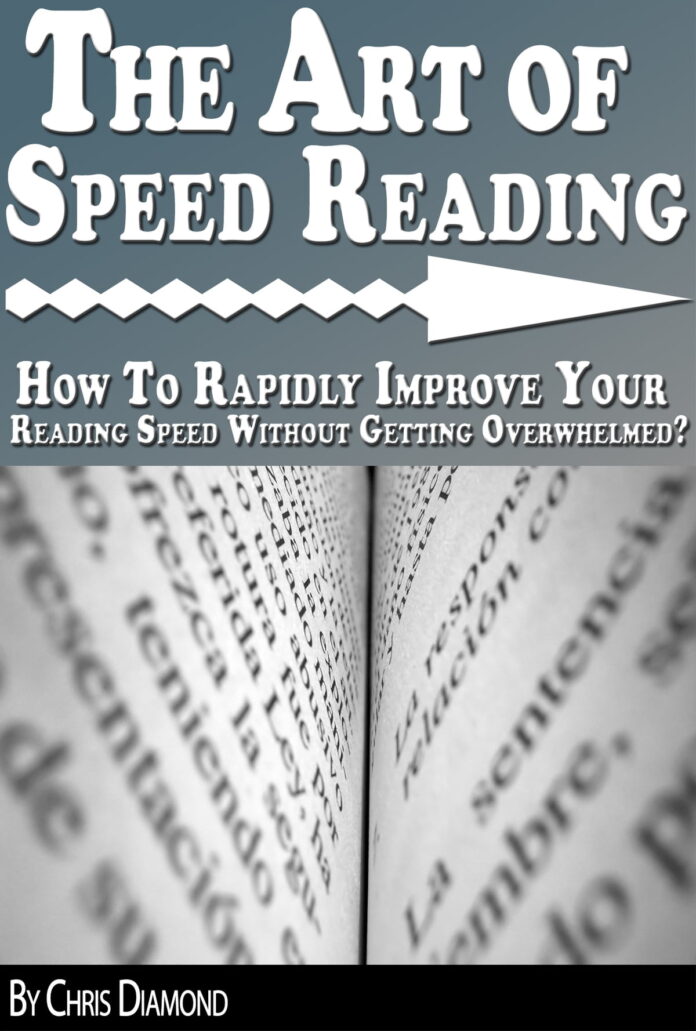
The Science of Speed Reading: How to Master the Art of Rapid Comprehension
Speed reading is a skill that has gained popularity in recent years as people try to keep up with the increasing amount of information available in the digital age. Whether it’s for work, school, or leisure, the ability to quickly comprehend and retain written material can be a game-changer in today’s fast-paced world.
But what exactly is speed reading, and how does it work? Is it a real science, or just another overhyped self-help technique? In this article, we’ll delve into the science of speed reading and explore some tips and techniques to help you master the art of rapid comprehension.
What is Speed Reading?
Speed reading is a set of techniques and strategies that aim to increase reading speed without compromising comprehension. The concept is simple: the faster you can read, the more information you can absorb in a given amount of time. But the key is to do so without sacrificing understanding and retention.
While the exact origins of speed reading are debatable, the practice has been around for centuries, with various methods and approaches being developed and refined over time. Today, speed reading programs and courses are widely available, promising to help individuals double or even triple their reading speeds in a relatively short period.
The Science Behind Speed Reading
At its core, speed reading is based on the principles of cognitive psychology and neuroscience. It leverages our brain’s ability to process and comprehend information quickly and efficiently. Here are a few key scientific concepts that underpin the practice of speed reading:
1. Subvocalization: One of the main barriers to reading at a faster pace is subvocalization, the habit of silently pronouncing words in your head as you read. While this may help with comprehension, it can also slow down your reading speed significantly. Speed reading techniques aim to minimize subvocalization to increase reading speed without sacrificing understanding.
2. Peripheral Vision: Another important aspect of speed reading is the use of peripheral vision to take in more words at once. By expanding your field of vision and reducing the number of eye movements, you can read more efficiently and increase your reading speed.
3. Chunking: Chunking refers to the process of grouping words and phrases together to process them as a single unit, rather than focusing on individual words. This helps to reduce the cognitive load and improve reading speed and fluidity.
4. Skimming and Scanning: Speed reading also involves the strategic use of skimming and scanning techniques to quickly identify key information and grasp the main ideas of a text without getting bogged down in details.
How to Master the Art of Speed Reading
Now that we have a basic understanding of the science behind speed reading, let’s explore some practical tips and techniques to help you improve your reading speed and comprehension.
1. Pre-reading: Before diving into a text, take a few minutes to preview the material and get a sense of its structure and content. Skim through headings, subheadings, and any visual aids such as charts or graphs. This will help you to establish a framework for understanding the material and make it easier to process as you read.
2. Minimize Subvocalization: As mentioned earlier, subvocalization can significantly slow down your reading speed. Practice minimizing this habit by consciously trying to read without “sounding out” the words in your head. You can use techniques such as using your finger to guide your eyes along the text or listening to background music to help distract your inner voice.
3. Expand Your Field of Vision: Try to widen your field of vision as you read to take in more words at once. Instead of fixating on individual words, focus on groups of words or entire lines to reduce the number of eye movements and increase reading speed.
4. Practice Chunking: Train yourself to process words and phrases in chunks rather than individually. This can be done by using your finger or a pen to guide your eyes along the text and maintain a steady rhythm. Over time, you’ll be able to train your brain to recognize and process chunks of information more efficiently.
5. Use Skimming and Scanning: When reading longer texts or articles, employ skimming and scanning techniques to identify key points and main ideas. Focus on headings, subheadings, and the first and last sentences of paragraphs to quickly gather the most important information without getting caught up in unnecessary details.
6. Build Your Vocabulary: A strong vocabulary can significantly improve your reading speed and comprehension. The more familiar you are with words and their meanings, the less time you’ll spend deciphering them as you read. Take time to regularly expand your vocabulary through reading, using a dictionary or thesaurus, and learning new words in context.
7. Manage Your Time: Finally, it’s important to set aside dedicated time for practice and improvement. Like any skill, speed reading requires consistent effort and practice to see significant results. Set achievable goals for increasing your reading speed, and track your progress over time to stay motivated.
In conclusion, speed reading is a valuable skill that can help you keep up with the demands of modern life and make the most of your reading time. By understanding the science behind speed reading and implementing practical techniques and strategies, you can master the art of rapid comprehension and become a more efficient reader. So, take the time to invest in improving your reading speed and comprehension – the benefits will be well worth the effort.


















